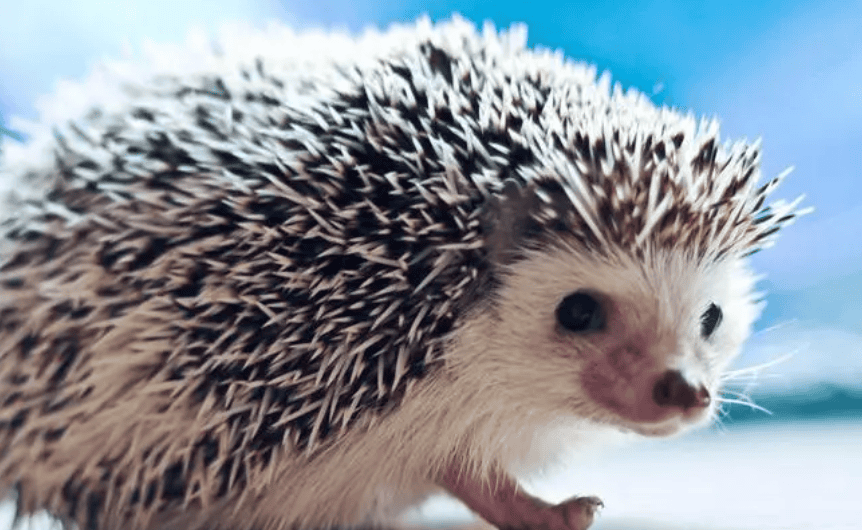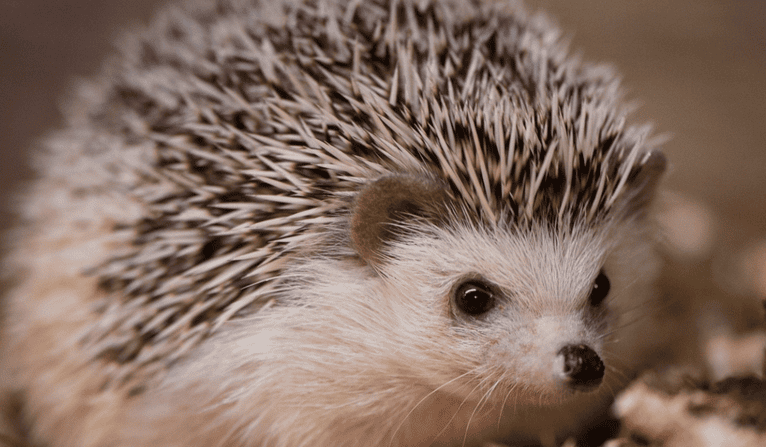Although hedgehogs are small in size, their meat is delicate, nutritious and has strong medicinal value. However, due to large-scale hunting by humans, their numbers have dropped sharply, so they are listed as second-level protected animals by the country. However, with the development of the breeding industry, the hedgehog breeding industry has also emerged. Artificially bred hedgehogs are extremely popular on the market, whether for medicinal use, food or as pets. But what should you pay attention to when raising hedgehogs? Many people don’t know it, so here’s a detailed introduction for you.

Cultivation environment
Hedgehogs are timid, like to be quiet, and are extremely Hedgehogs are easily frightened, so when breeding, try to keep them in a quiet environment and not near busy cities or roads. These places will frighten hedgehogs and affect their growth. Moreover, hedgehogs are afraid of light and are mainly active at night and lurk during the day, so pay attention to this when breeding. In addition, the breeding space for hedgehogs does not need to be large. Generally, every 30 commercial hedgehogs occupy about 10 square meters of space.
Feeding
Hedgehogs are omnivorous animals. Hedgehogs mainly prey on invertebrates and small vertebrates as well as fruits. Therefore, during artificial breeding, meat must be provided, combined with other grain by-products, vegetables, etc., so as to meet his normal needs. In addition, beetles, snails, earthworms and other insects can also be fed.

Hibernation
Hedgehogs are also animals that hibernate. Hibernation begins when the temperature is below 7 degrees, and hibernation can last as long as 4-5 months. During hibernation, the body temperature drops and physiological functions weaken. It is best to hibernate in a quiet environment. If hibernation ends early, it may starve to death. After hibernation is over, but when the temperature reaches above 10 degrees, the hedgehog will be extremely thirsty at this time. It is necessary to provide sufficient and clean water sources, and it is best not to feed milk, otherwise it will cause its death.
Reproduction
Hedgehogs will start to come into estrus after hibernation. At this time, they must be prepared for breeding. If they are not bred in time, it may lead to group fights and casualties. The general gestation period is about 60 days. During this period, sufficient food supply and proper management are required. The cubs can reproduce twice a year and the survival rate of the cubs is also high.
Disease Prevention
Hedgehogs are extremely adaptable and suffer from fewer diseases. There are no infectious diseases. Generally, as long as the feeding and hygiene measures are good, there are few diseases. The main diseases are gastrointestinal diseases, ringworm, and parasites. These diseases are less risky, easy to treat, and can be cured with human drugs.

 扫一扫微信交流
扫一扫微信交流
发布评论